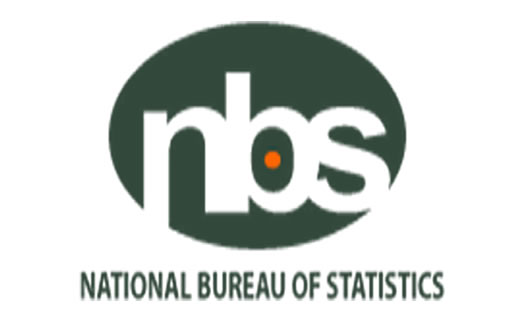Portfolio investments accounted for approximately $649 million, constituting 57.32% of the total capital inflow into Nigeria in the first quarter of 2023.
This is according to the latest report by the National Bureau of Statistics (NBS).
Details of the report show that Nigeria received $301 million from bonds, $222 million from equities, and $125 million from money markets.
The report also showed that Nigeria’s total capital inflow for the review period dropped by 28 per cent to $1.13 billion – a drop of $441 million when compared to the corresponding quarter of 2022.
Capital importation for the first quarter of 2022 was $1.5 billion.
Compared to the preceding quarter, that is Q4 of 2022, the capital inflow rose by 6.78% from $1.06 billion.
In addition to portfolio investments, Nigeria also attracted foreign capital through other sectors such as trade credits, loans, and currency deposits.
During the first quarter, Nigeria received more capital investments from portfolio investments than from any other sector.
The United Kingdom was the leading provider of capital inflow into Nigeria, contributing $673 million, which represents 59.47 per cent of the total capital inflow.
The United Arab Emirates followed with $108 million, while the United States of America provided $95 million. South Africa and Singapore contributed $91 million and $69 million, respectively.
Lagos state received the largest share of capital inflow, amounting to $704 million out of the total $1.13 billion, accounting for 62 per cent of the total investment capital into the country, followed by the Federal Capital Territory (FCT) which received $410 million.
Akwa Ibom, Adamawa, and Anambra received $5.2 million, $4.5 million, and $4.0 million, respectively.
According to the sectorial analysis of the report, the banking sector attracted the most foreign capital during the first quarter, receiving 26 per cent ($304 million) of the total foreign capital, followed by the production sector with 22.61 per cent ($256 million), and IT services with 19 per cent ($216 million).
The finance sector recorded a capital inflow of $118 million, while trading received $91 million. The telecoms sector received $22.5 million, and the transport sector attracted $12.94 million. Agriculture received a modest $4.84 million, while shares gained $88 million.
The oil and gas sectors, brewery, and electrical sector represented 0.07 per cent, 0.06 per cent, and 0.65 per cent of the total capital inflow, respectively.









